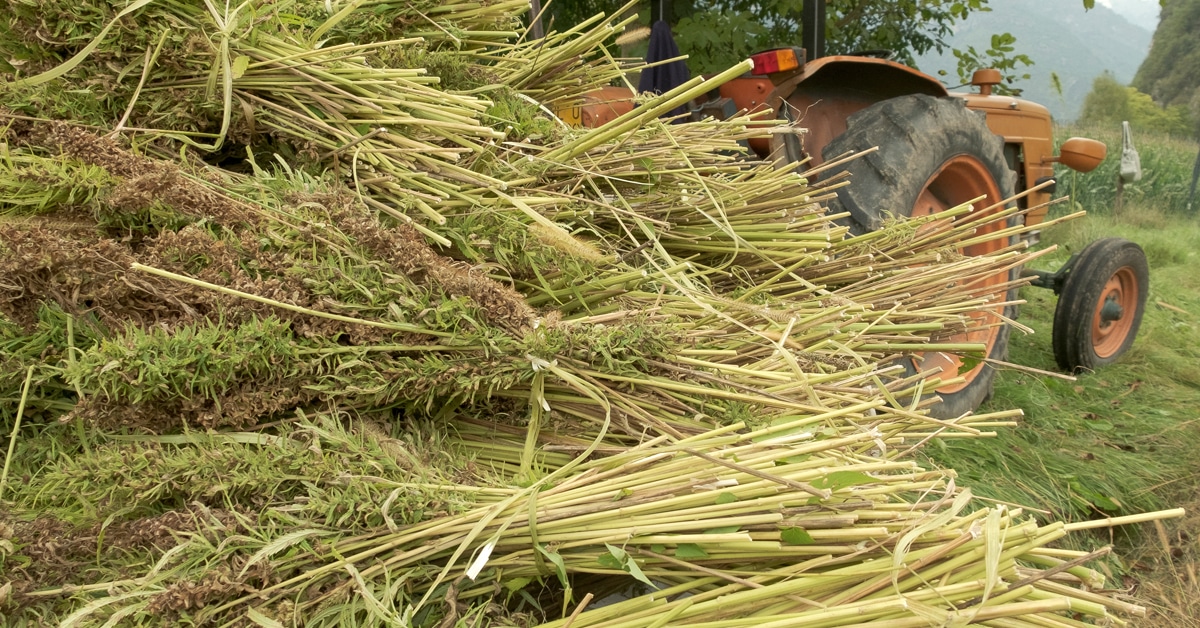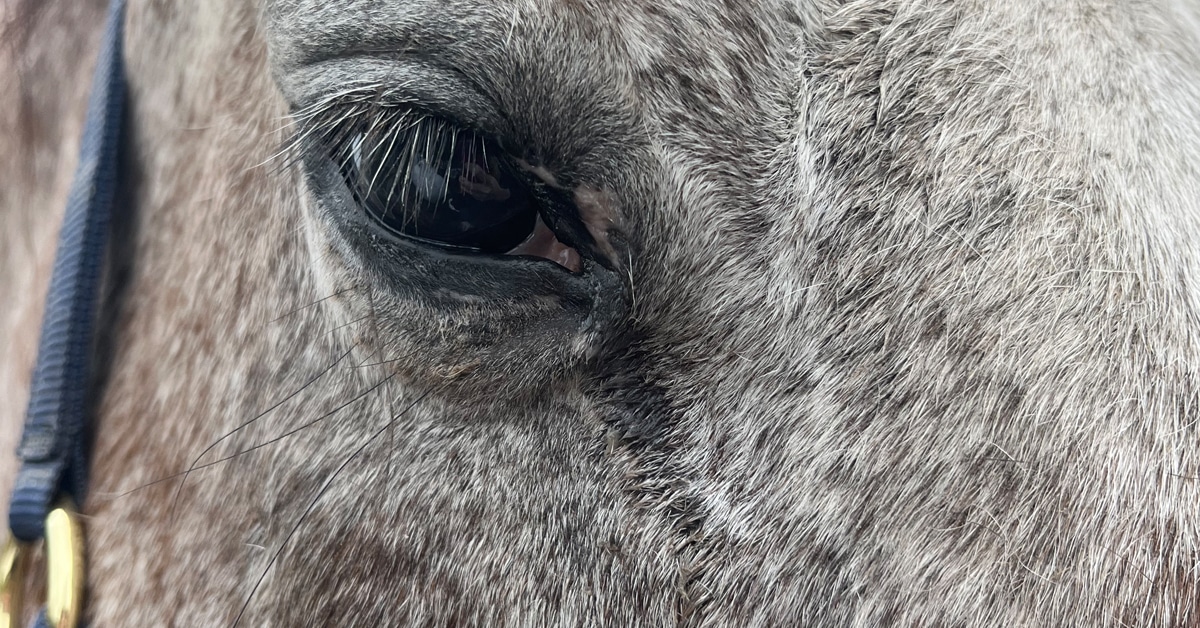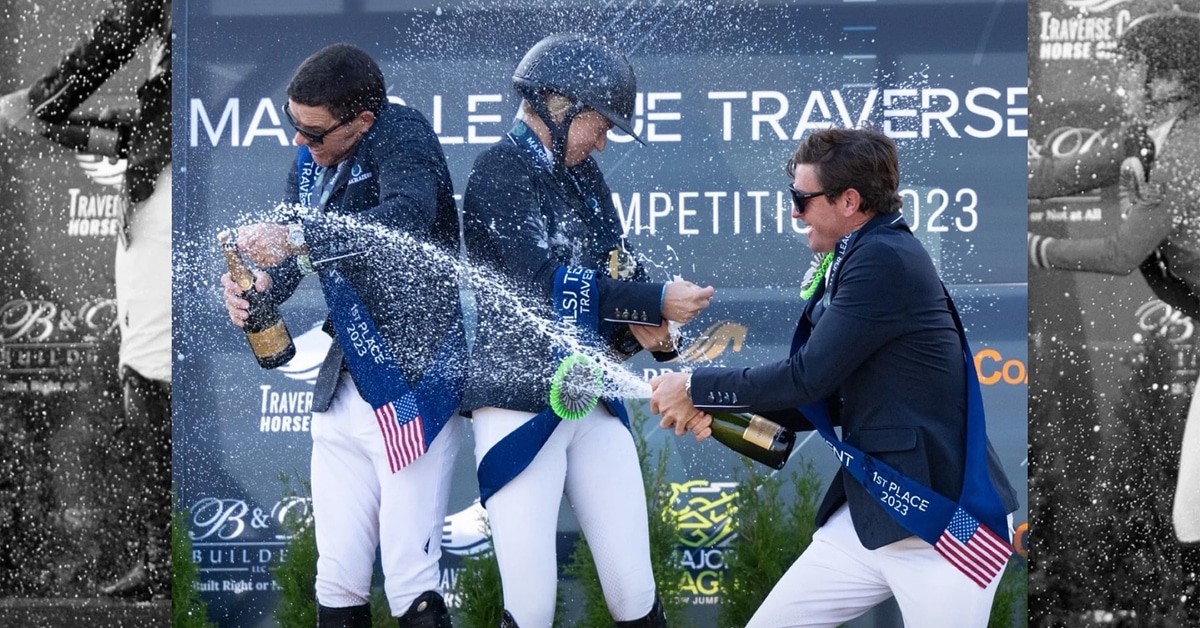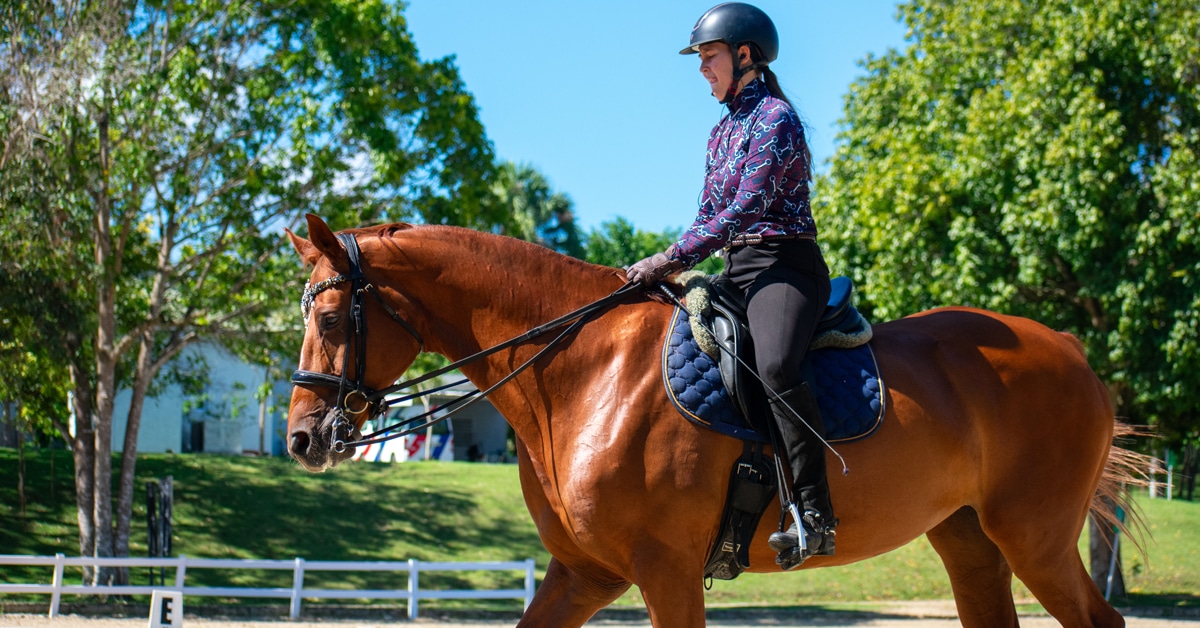A rider’s ability to be effective on a horse they have never previously ridden is a true test of horsemanship and riding skill. With only a short time frame and a limited number of practice jumps allowed in the warm-up ring, riders must quickly develop an effective strategy and potentially adjust their riding style. Bobbie Reber shares tips that she teaches her students for maximizing their time in the warm-up ring on a new mount.
“In any final four situation, I try to stress how important it is that you watch each other’s horses go,” explains Reber. Although she applauds sportsmanship at all levels, she cautions not to rely too heavily on other riders to accurately or completely reveal all the nuances of their mount to their competitors. Rider may change saddles, but boots, bridle, and bit must remain the same. “I’m all about being fair,” says Reber, “and you can tell the person getting on your horse whether or not they need spurs. But also keep in mind that if someone recommends spurs, they may have a weaker leg than you to begin with.”
Spending a few minutes practising basic flatwork skills on an unfamiliar horse will help to uncover some of the issues that may crop up on course. “I suggest riders get on and do a couple of leg yields right off the bat – this will tell you whether the horse is responsive and which is its bad side. If the horse is dead off the right leg in a leg yield, he will most likely be drifting to that side over fences. You should also do some lengthening and shortening exercises to test the horse’s gears. Gallop a little and try a halt to test the brakes, so that you can feel what kind of a mouth it has. If the horse is very strong I wouldn’t try to fight, because you would hate to have the horse realize you don’t have the strength for it. In that case, lots of downward transitions would be a good step.”
As is the case in the Final Four at Spruce Meadows, often the warm-up in this format is limited to two minutes – not much time to put a horse through its paces and get a feel for it over fences. Try not to fix too many problems on the flat and inadvertently miss the opportunity to jump quality fences. “You have to minimize the flatwork, because you have to get the jumps in,” cautions Reber. “I start with a vertical, and if you’re only allowed four jumps, make sure you do two oxers and two verticals. Gallop at one and shorten at one so you know the scope and range of the horse. If you feel confident and comfortable, you could even try to angle a jump.”
Bobbie Reber is a familiar face at horse shows throughout Canada and the US, having coached students for over 30 years. She operates Reber Ridge Stables at Milner Downs in Langley, BC, is a Level III coach and an international hunter and equitation judge.
The Latest









